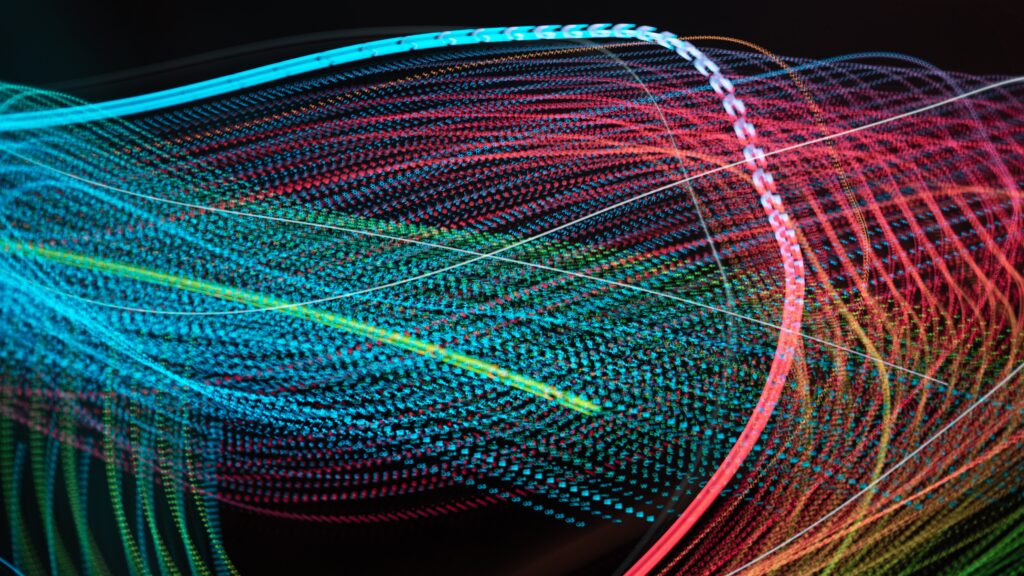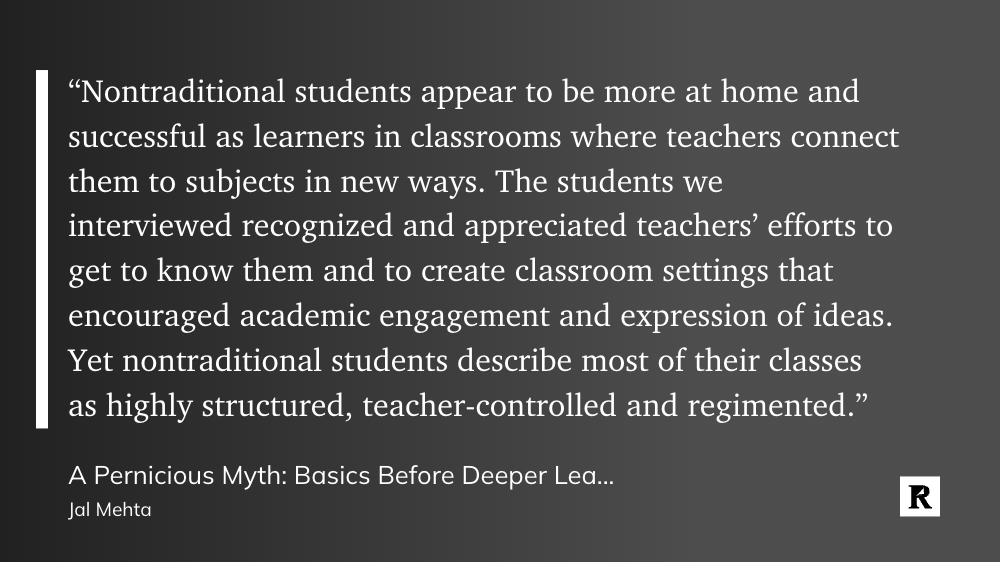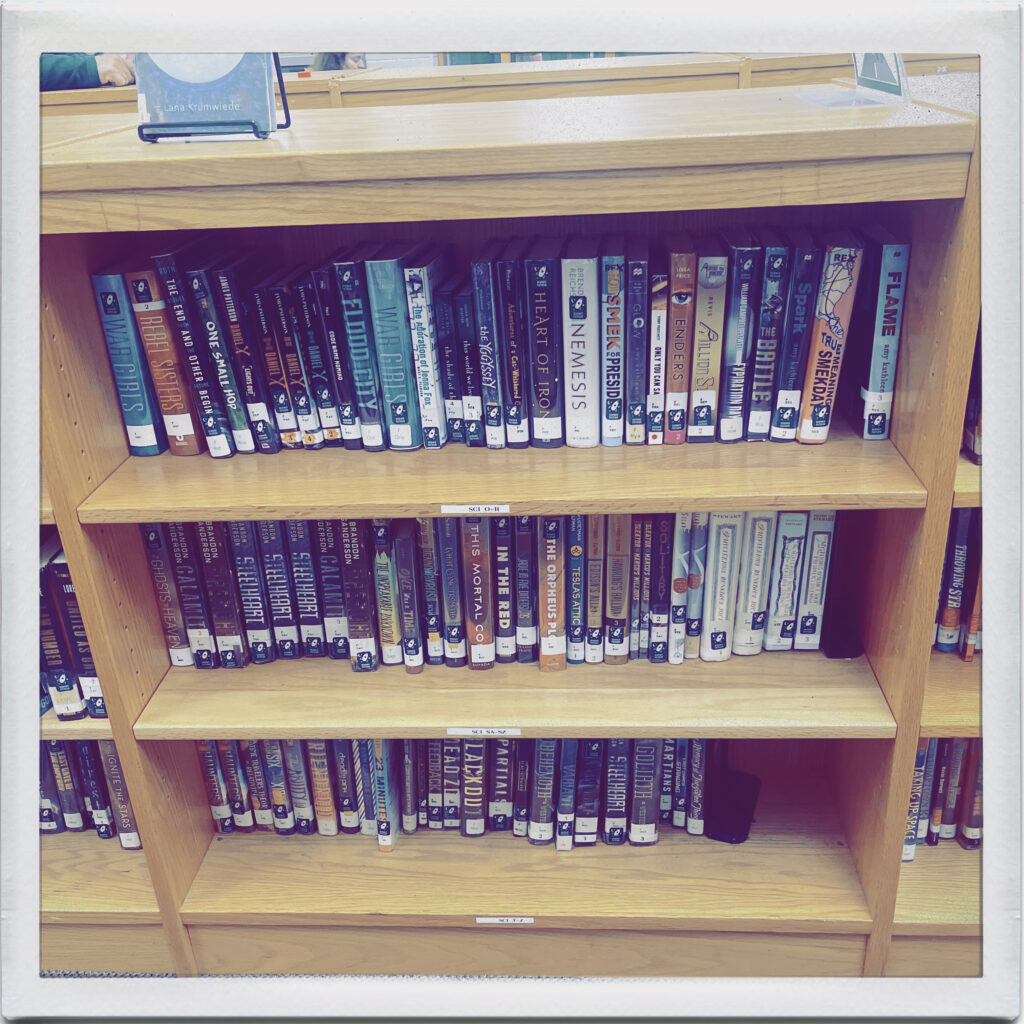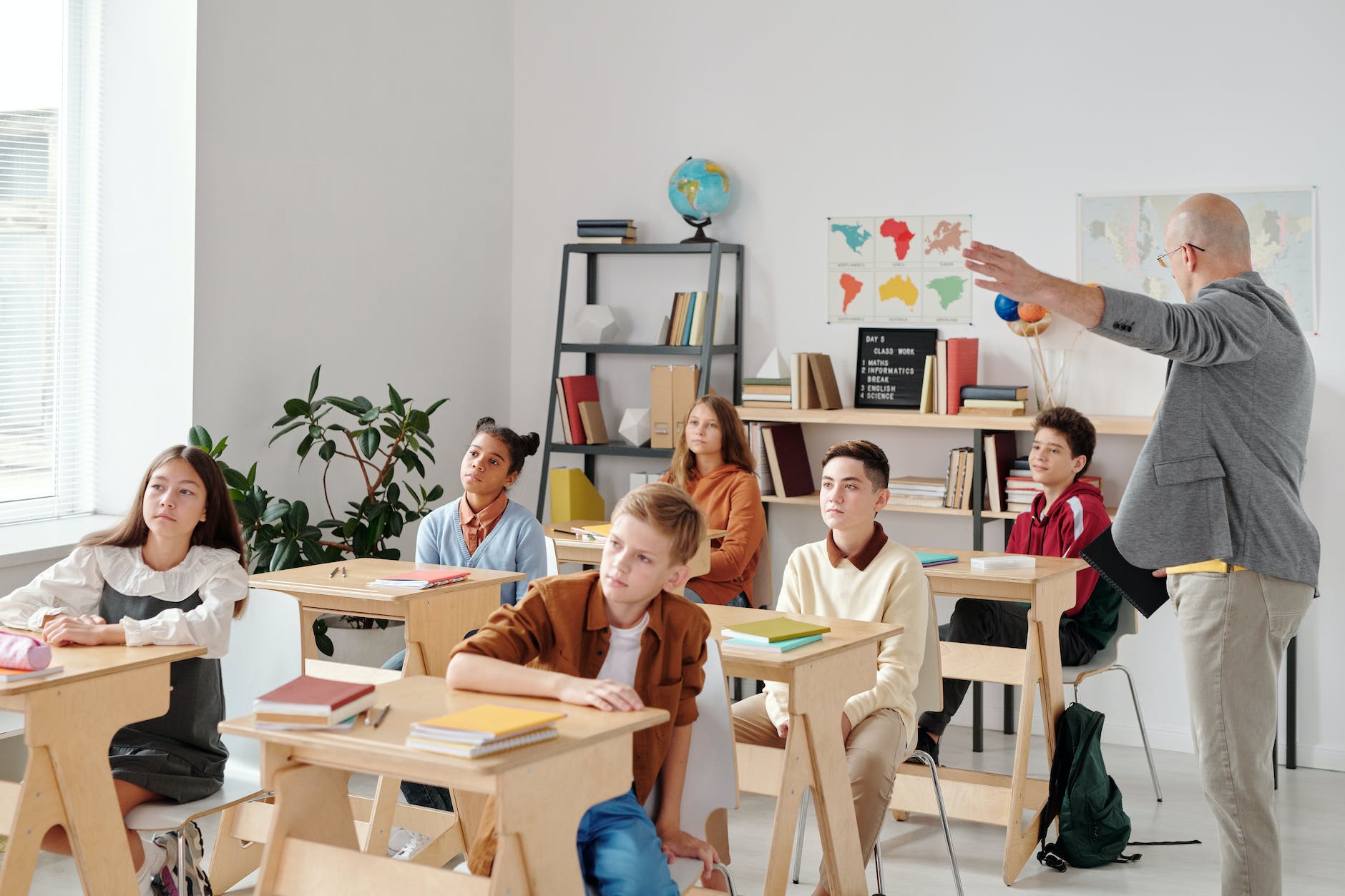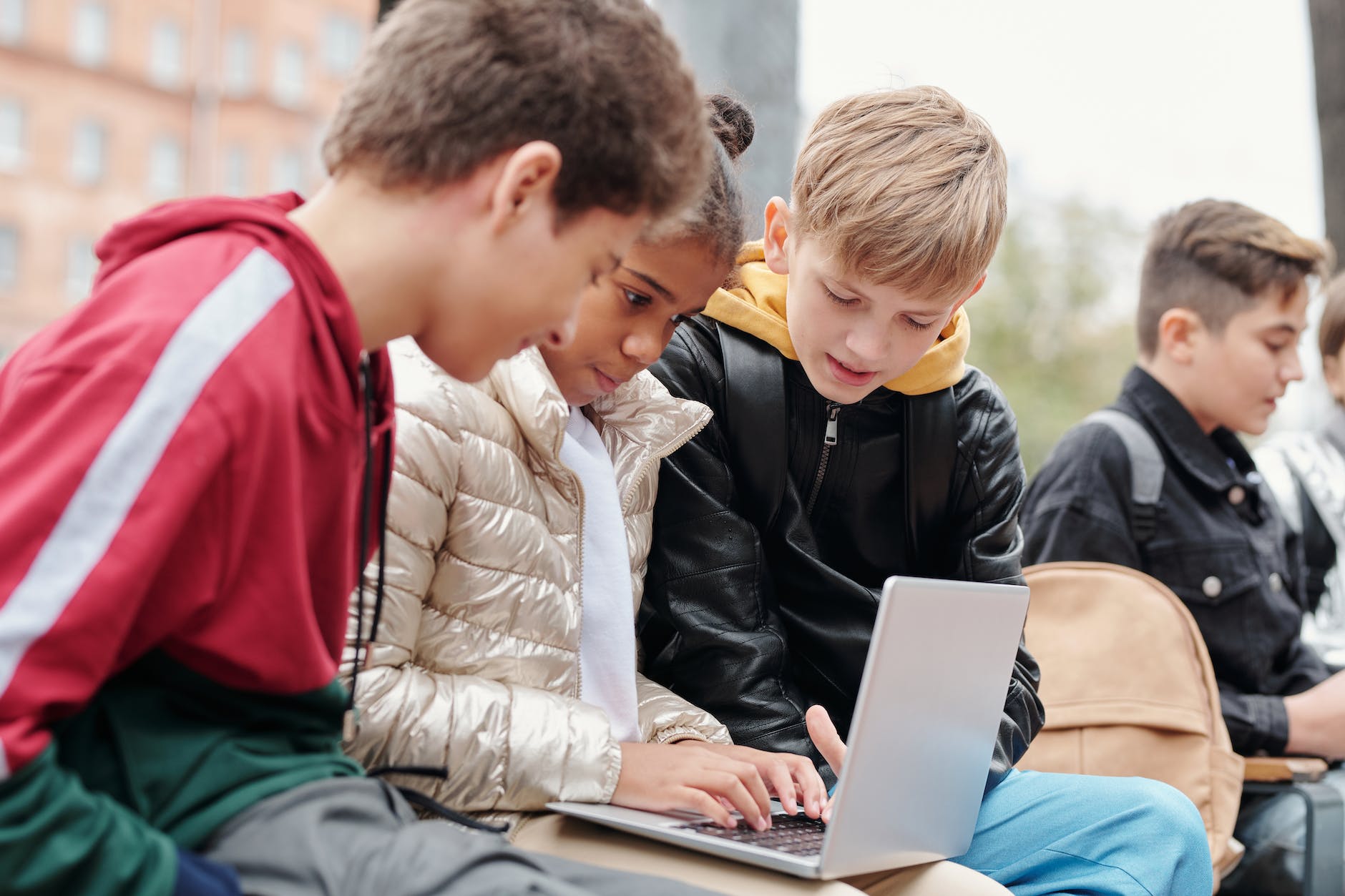
“Don’t wait until the fourth Thursday in November, to sit with family and friends to give thanks. Make every day a day of Thanksgiving!”
— Charmaine J. Forde
It’s been a week here at the Paul house as we processed the passing of my wife’s grandmother. Most days are great, but some days are sad days.
Anyway, here’s this week’s 10 things:
10 Things Worth Sharing
- My daughter is 12, and she’s in full Swiftie mode, to be sure. Taylor Nation is having a HUGE impact on pretty much every area of our society, including the economy. Can we use that impact in schools? This teacher did.
- Thanks to an incredible effort, students everywhere have access to the history of the Aztec Culture through the Florentine Codex
- Common Sense Media launches an AI tool review that may hold some interest for folks still trying to wrap their head around the whole AI takeover
- Embracing AI isn’t just about using flashy edtech
- Students are missing more school—and maybe that’s not bad
- Watching a master at his best is an excellent way to introduce the idea of mastery learning to students. Here’s a master printer as he makes his last print
- I have a soft spot in my heart for Tumblr, the little micro-blogging platform that could. I even keep a Tumblr going, for some odd reason. Thankfully, it’s not going anywhere and may spawn even more fans
- I know you’ve been sitting around thinking, “Man! I’d love to hear a rendition of ‘Summer’ from Vivaldi’s Four Seasons done with Commodore-based instruments!”—Right?
- 130+ Photographs of Frank Lloyd Wright’s Masterpiece Fallingwater
- Finally, for the vinyl fans, Ted Gioia has a great series on his 50 favorite albums from the golden age of Capitol Records that I think you’ll enjoy.
The Eclectic Educator is a free resource for everyone passionate about education and creativity. If you enjoy the content and want to support the newsletter, consider becoming a paid subscriber. Your support helps keep the insights and inspiration coming!
